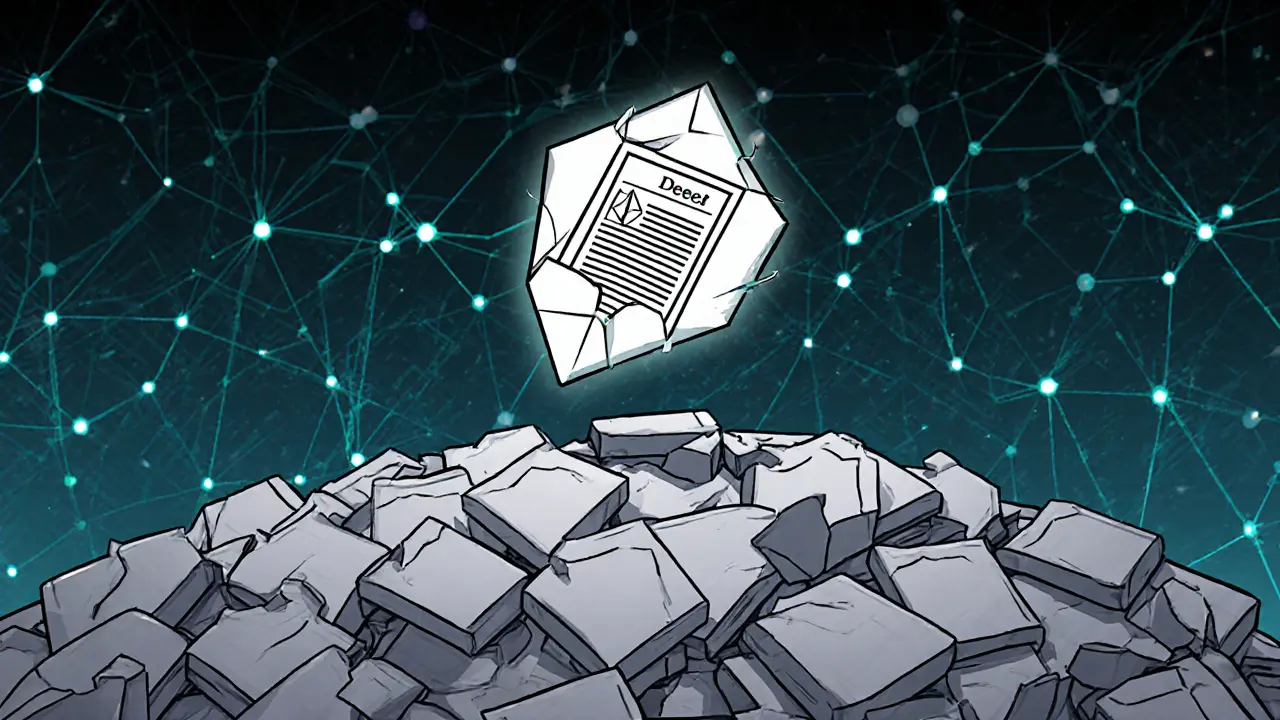ERC-721 vs ERC-20: What’s the Real Difference Between NFTs and Tokens?
When you hear ERC-20, a blockchain standard that defines how fungible tokens work on Ethereum, you’re thinking of coins like USDT or LINK—interchangeable, divisible, and meant to be traded like money. But when someone talks about ERC-721, a standard built for unique, non-fungible digital assets, they mean NFTs—like a one-of-a-kind digital artwork, a rare in-game sword, or a verified collectible. These aren’t just different tokens. They’re different worlds. Fungibility, the property that makes one unit identical to another is the core divide. One ERC-20 token is always equal to another. One ERC-721 token is never the same as another.
That difference changes everything. If you’re holding an ERC-20 token, you’re likely using it to trade, stake, or pay fees. You don’t care if it’s token #123 or #456—it’s all the same. But if you own an ERC-721 NFT, you care exactly which one it is. That’s why you see people paying millions for a single Bored Ape. It’s not about the code. It’s about the uniqueness. That’s why ERC-721 powers fan tokens, digital real estate, and collectibles. Meanwhile, ERC-20 runs DeFi protocols, stablecoins, and governance systems. You can’t swap a unique NFT like an ERC-721 token the way you swap ETH for USDC. And you can’t use an ERC-20 token to prove you own a one-of-a-kind item. They serve different jobs. Smart contracts, self-executing code on the blockchain handle these rules differently: ERC-20 uses simple transfer functions, while ERC-721 adds token IDs and ownership tracking for each individual asset.
That’s why the posts below cover both sides. You’ll find deep dives into NFT projects built on ERC-721, like NFTLaunch and the ghost tokens that fake uniqueness. You’ll also see how ERC-20 tokens power real platforms—Dopex, Phuture, and even the $SUP token on Superp. Some posts warn about scams pretending to be NFTs, while others explain how tokens like DPX or ASK actually function. This isn’t theory. It’s real-world crypto. Whether you’re trying to spot a fake NFT, understand why your wallet shows two kinds of assets, or just want to know what you’re actually holding—this collection cuts through the noise. What you find here isn’t just about standards. It’s about protecting your value, knowing what you own, and avoiding the traps that confuse the two.
Understanding ERC-721 NFT Standard: How Unique Digital Assets Work on Ethereum
ERC-721 is the Ethereum standard that made digital ownership possible. Learn how unique NFTs work, how they differ from fungible tokens, and why they dominate the NFT market despite higher costs.
learn more